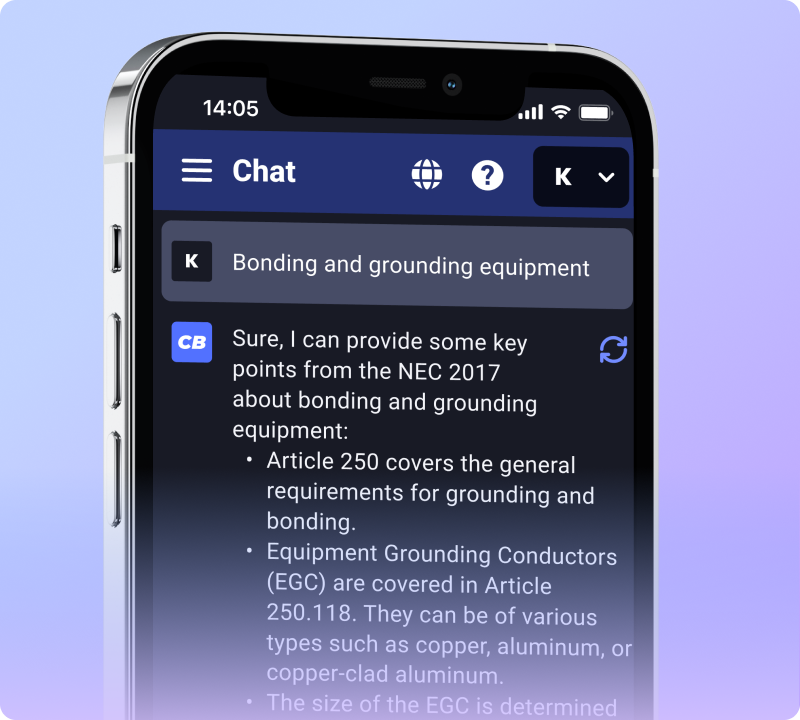Many people find keeping up with new building standards confusing. A key fact to note is that BIM compliance requirements are changing in 2024. This blog post will guide you through understanding these changes and how they affect your work. Stay tuned to learn more.
Key Takeaways
- BIM helps in planning and managing buildings through digital models. This tool shows every detail of a project before it starts.
- Following building codes is crucial. They keep construction safe and legal. Non-compliance can lead to fines and safety risks.
- Using BIM makes understanding and following these codes easier. It can capture building code requirements right in the digital model, saving time and reducing errors.
- Staying up-to-date with new BIM standards is important for 2024. These changes include local laws and international standards.
- Benefits of using BIM include safer construction sites, better teamwork, and smoother projects from start to finish. Challenges involve keeping up with technology and learning new practices for compliance.
Definition and Evolution of BIM
Building Information Modeling (BIM) is a digital tool that helps workers in construction plan, design, and manage buildings. It started to get attention in the early 2000s. BIM makes it easier to see what a building will look like before it’s built.
This method uses 3D models to show every detail of a project.
Building Information Modeling has changed how we see and build our world.
Over time, BIM has grown. Now, it also includes data about how long things take to build and how much they cost. New standards for BIM are set by groups like ISO and come from both EU Directives and national regulations.
These changes mean everyone needs to keep up with new ways of working to meet these standards.
Importance of Building Codes in Construction
Building codes are rules that ensure safety and quality in construction. They set standards for how buildings should be designed and built. These codes help protect lives and property from hazards like fire, electrical issues, and structural failures.
Following building codes is crucial for tradesmen, electricians, and project managers. Compliance with these regulations keeps projects on track legally and financially. It helps avoid costly mistakes or delays caused by violations.
Without proper adherence to building code requirements, workers risk unsafe conditions on the jobsite. Proper compliance also ensures a smooth project lifecycle from start to finish.
Ensuring Compliance with BIM and Building Codes
To ensure compliance with BIM and building codes, it is vital to understand the laws that govern your project. This knowledge can save you from legal troubles and financial loss. BIM helps you analyze building codes clearly.
You can capture code requirements right in your digital model. Understanding these aspects will help keep your projects on track. Read more to learn how to use BIM for compliance effectively!
Legal and Financial Implications of Non-compliance
Non-compliance with BIM regulations can lead to serious legal and financial issues. If a project does not follow building codes, fines may arise. This can add extra costs that impact the budget.
Legal actions might happen if safety is at risk or if standards are not met.
BIM helps you stay on track with construction standards. It keeps your designs up to date with local and international codes. Meeting these requirements protects your work and reputation in the construction industry.
Compliance ensures safety, which is vital for every tradesman, electrician, or worker involved in a project.
Utilizing BIM to Interpret and Analyze Building Codes
BIM helps tradesmen and electricians understand building codes easily. This tool allows you to see the rules in a design before construction starts. You can check if your work meets all safety standards.
BIM levels show how much detail is needed for compliance. Each level offers better insights into project requirements.
Using digital models lets you spot issues early on. Compliance regulations become clearer with BIM’s visual aids. This makes it easier to follow international standards and local laws.
Next, let’s explore the benefits of being compliant with BIM in 2024.
Capturing and Managing Building Code Requirements in BIM Models
Capturing building code requirements in BIM models is essential for compliance. It helps tradesmen understand local regulations clearly.
- Identify local building codes. Each area has specific rules. Knowing them ensures projects meet legal standards.
- Integrate codes directly into BIM models. This makes it easy to see requirements as you design. Changes can be made quickly.
- Use templates that include code information. These templates can save time and reduce errors while working on designs.
- Regularly update the BIM model with any changes to codes. Building codes can change, so staying current is vital.
- Train staff on using BIM for compliance. Understanding how to use these tools leads to better project outcomes.
- Document all code requirements in your workflow. This creates a clear record of compliance for future reference.
- Collaborate with other trades early in the process. This ensures everyone knows the requirements and reduces conflicts later.
- Verify that all electrical plans meet safety standards in the BIM model. Compliance improves safety and structural integrity for each project.
BIM simplifies managing building code requirements, making it easier to ensure successful, compliant projects in 2024 and beyond.
Benefits and Challenges of BIM Compliance in 2024
BIM compliance brings many benefits in 2024. It can make projects safer and improve teamwork, but there are also challenges that come with keeping up with new rules and standards.
Improved Safety and Structural Integrity
BIM helps improve safety on construction sites. It allows workers to visualize building designs in a digital format. This tool makes it easier to spot problems before they happen. Electricians can see where wires should go and avoid hazards.
Structural integrity is also better with BIM models. Builders follow the exact plans, reducing errors in construction. Stronger buildings lead to safer environments for everyone involved.
Using BIM means fewer accidents and less rework on projects. Now, let’s explore enhanced efficiency and collaboration through BIM compliance in 2024.
Enhanced Efficiency and Collaboration
Improved safety and structural integrity leads to better teamwork on projects. BIM helps all workers share the same digital building models. This means electricians, plumbers, and other trades can see every detail.
With clear information, everyone knows their tasks. Fewer mistakes happen when teams work together closely. Enhanced collaboration saves time and money during construction. Efficient workflows keep projects on schedule and ensure regulatory compliance with building codes.
Using BIM standards allows for smoother operations from start to finish in the project lifecycle.
Emerging Technologies and Best Practices for Effective Implementation.
Emerging technologies play a key role in BIM compliance. These tools help tradesmen and electricians work better with building codes. Cloud computing makes sharing data easy for project teams.
Mobile apps allow workers to access information on-site, ensuring everyone is up to date. Drones can survey sites quickly, helping spot compliance issues early.
Best practices also improve BIM implementation. Regular training keeps skills sharp and helps the team stay compliant with changing standards. Using checklists can ensure all steps in construction follow legal requirements.
Collaboration between architects, engineers, and tradespeople leads to fewer mistakes and smoother projects. Together, these methods enhance safety and efficiency while meeting building information modeling standards for 2024.

